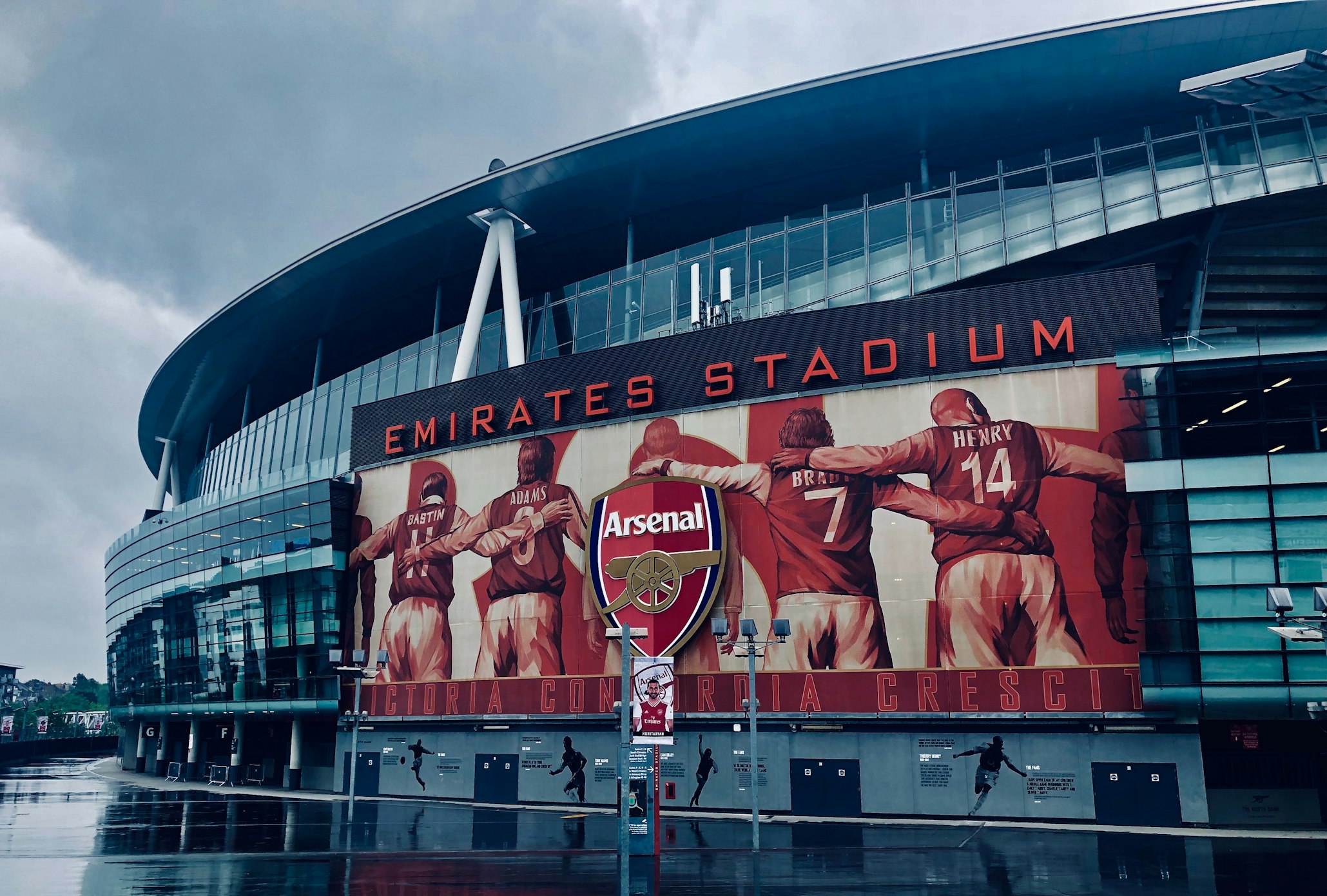
Mikel Merino and Football's Greatest Ever Makeshift Strikers
Mikel Merino's recent late brace for Arsenal away at Leicester City could be crucial not just for the Premier League title race but for Arsenal as a whole. An injury crisis has ravaged Mikel Arteta's squad, and both his recognised strikers, Kai Havertz and Gabriel Jesus, are out for the rest of the season. The Spanish boss had tried to use wingers Leandro Trossard and Raheem Sterling in the striker role, with neither having much of an effect.
Merino's Heroics
Step up, Mikel Merino. The Spaniard was brought in from Real Sociedad last summer as a holding midfielder, but he was thrust into the limelight at the King Power Stadium with the score at 0-0 and less than ten minutes on the clock. He ended up scoring not once but twice, handing the Gunners a crucial three points.
Had Arsenal not found a winner, the bookies would have seen their title hopes as dead and buried. Now, however, they make them contenders once again, with online football betting odds makers now pricing them as a 3/1 second favourite behind table-toppers Liverpool.
Merino's heroics were certainly unusual, but he isn't the only player to have been deployed as a makeshift striker over the years.
Cesc Fàbregas
Heading into Euro 2012, Spain manager Vicente Del Bosque found himself without a reliable No. 9. His previously reliable strike force of Fernando Torres and David Villa - a duo that led them to the previous European Championship and the 2010 World Cup - had broken down. The former's form had fallen off a cliff following his move from Liverpool to Chelsea, while the latter was out of the tournament in Poland and Ukraine with a broken leg.
With his back against the wall, Del Bosque made a bold call to deploy Cesc Fàbregas, a midfielder known for his orchestration in the centre of the park, as Spain’s de facto striker. This wasn’t your typical striker role; the former Arsenal captain operated as a deep-lying forward in what became known as the “false nine” system.
Fàbregas thrived in the role, knitting together Spain’s midfield-dominated attack while consistently turning up on the scoresheet. His link-up play with Barcelona teammates Andres Iniesta and Xavi Hernandez was crucial to his side's success, and the quick-fire tiki-taka pass-and-move system took Europe's finest apart. He netted goals in La Roja's first two games of the tournament against Italy and Croatia before scoring the winning penalty against Portugal in the semifinal.
Later, he added an assist in Spain’s famous 4-0 dismantling of Italy in the Kyiv-hosted final. Fàbregas’ adaptability and style epitomised the Spanish philosophy of possession football at its peak, delivering what was arguably one of the most dominant European Championship campaigns in history.

Steven Gerrard
Steven Gerrard has always embodied versatility, but one moment particularly showcased his knack for adapting. Heading into the 2006 World Cup, England found themselves without star striker Wayne Rooney, who broke his metatarsal playing for Manchester United against Chelsea at an end-of-season Premier League clash. Add to that the fact that Three Lions boss Sven-Goran Eriksson opted to take the injured Rooney, Michael Owen, Peter Crouch, and 16-year-old Theo Walcott to Germany as his recognised strikers, and it was clear that England were going to need some additional firepower if they were to make an impact on the tournament.
Enter, Steven Gerrard. The Liverpool captain wore the number nine in warm-up friendlies against Hungary and Jamaica, scoring in the former. Once the tournament got underway, the midfield dynamo found himself back in the centre of the park and scored the crucial winner in the second group game against Trinidad and Tobago. However, a devastating knee injury to Michael Owen saw Gerrard deployed up front for the second half of the third group game against Sweden.
He would go on to net a late bullet header that looked to have nicked all three points for England, only for Henrik Larsson to nod home a last-gasp equaliser. Gerrard would remain up top for the last 16 games against Ecuador and the quarter final against Portugal, working in tandem with the unfit Rooney. However, England would bow out after losing to Cristiano Ronaldo and Co. on penalties in Gelsenkirchen.
Danny Butterfield
Perhaps not a household name like the two stars mentioned above, Danny Butterfield's brief foray as a makeshift striker remains iconic. During a 2010 FA Cup match against Wolves, Crystal Palace boss Neil Warnock, short on attacking options, tasked Butterfield—a defender by trade—with leading the line. The maverick manager stated that his wife Sharon had a dream the night before that Butterfield would score in the contest, so Warnock - in true Warnock fashion - started the full back up front.
What followed was the stuff of dreams.
Within six magical minutes, Butterfield bagged a perfect hat trick, scoring goals with his head and both feet. The crowd couldn’t believe their eyes as the unlikely striker tore through the Wolves' defence with sharp instincts and clinical finishing. Butterfield later revealed that Warnock’s wife's dream - a premonition that would turn him into a cult hero in South London
06.03.2025

